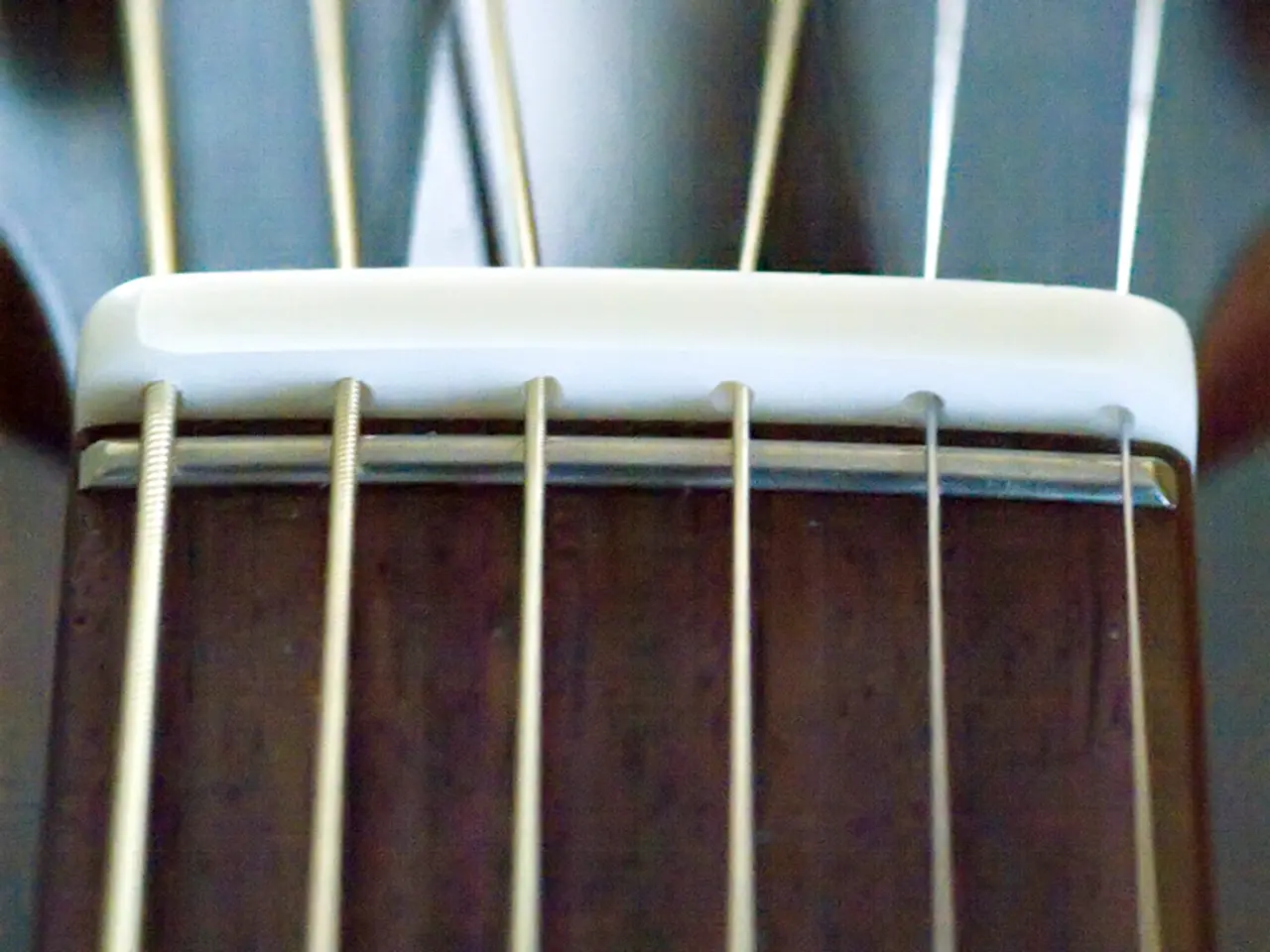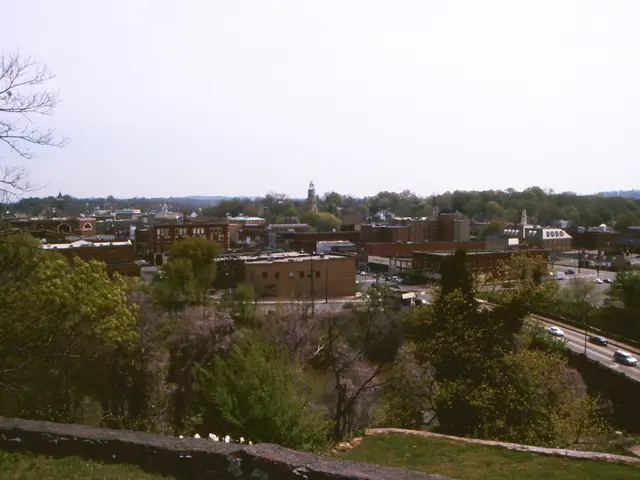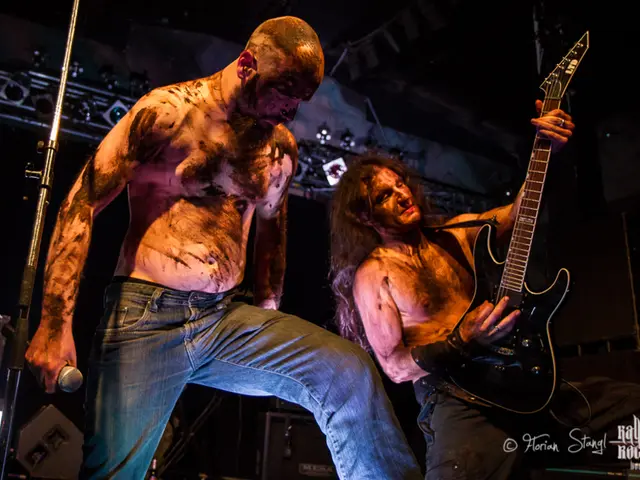Establishing Your Guitar Pedal Board: Arranging Your Signal Path Order for Optimal Effect
In the realm of music, the addition of mechanical and digital devices has significantly expanded the sonic possibilities and performance techniques available to guitarists. One such innovation is the guitar effect pedal, which has played a pivotal role in shaping the soundscapes of various genres.
The first registered portable effect pedal for guitarists was the DeArmond 601 Tremolo Control, built in 1941. This pioneering device worked by reducing the guitar signal several times a second through an electrolytic hydro-fluid, paving the way for a new era of sound manipulation.
Mechanical innovations like the pedal steel guitar, introduced in the 1940s, enabled pitch changes during playing, creating complex chords and new expressive possibilities. Bud Isaacs, for instance, pioneered the technique of pressing pedals while the strings were sounding to create smooth glissando harmonies in the early 1950s.
Digital devices and effects pedals further revolutionized guitar sound by adding controllable distortion, modulation, delay, reverb, and more, allowing for a wide range of tones from subtle enhancement to extreme sonic effects.
When it comes to arranging guitar effect pedals on a pedalboard, certain conventions have emerged as essential to maintain signal clarity and optimal effect performance. The general recommended pedal order is as follows:
1. **Tuner**: Placed at the very front to receive the cleanest signal, ensuring the guitar is always in tune. 2. **Dynamic effects**: Including compressors and wah pedals, which shape the raw tone before any distortion or modulation effects are applied. 3. **Gain-based pedals**: Such as overdrive, distortion, and fuzz, which add saturation to the signal. The compressor pedal, which reduces the peaks in the signal, making quiet parts louder and loud parts quieter, should come as close to the beginning of the pedal chain as possible. 4. **Modulation effects**: Like chorus, phaser, flanger, which add movement to the signal. 5. **Time-based effects**: Such as delay and reverb, which add space and ambiance to the sound. Placing gain effects before modulation and delay maintains clarity and prevents muddiness or noise buildup, while delays and reverbs are placed last to simulate natural sound reflections more realistically.
Volume pedals, including noise gates and limiters, are used to control the volume and can cut unwanted hiss going to the amp, and are often placed next in the effects chain. Delay and echo pedals repeat the audio signal, allowing the sound to be repeated after it has been fine-tuned using all other pedals, and are typically placed towards the end of the chain.
A pitch shifter, which can replace, exist alongside, or bend pitch, working like an electronic whammy bar or vibrato, is generally placed towards the later middle of the chain. Reverbs set the mood for a large or small room atmosphere and are often placed towards the end of the chain, along with delay and echo pedals.
Today, there are various types of pedals available for creating cool effects with guitars, including new, boutique, multi-effect, nanos, and vintage pedals. With more choices in pedals than ever before, guitarists have the opportunity to experiment with their sound and create unique and personalised tones. Whether it's recreating vintage classics or exploring new sonic territories, the ability to "mess up" the clean sound of the electric guitar has unlimited potential and is a desire for many guitarists.
[1] Isaacs, B. (1950). Pedal steel guitar techniques. Mel Bay Publications. [2] Manning, T. (2017). The complete guide to guitar pedals. Hal Leonard Corporation. [3] Walsh, J. (2019). The complete guide to guitar effects. Backbeat Books. [4] Garrison, J. (2017). The pedalboard handbook. Hal Leonard Corporation. [5] Schmidt, K. (2016). Guitar pedals explained. Hal Leonard Corporation.
- The innovation of drones, a type of gadget powered by technology, could potentially be used to create unique, electronic-inspired guitar effects, expanding the sonic possibilities even further.
- As the development in technology continues to shape the music industry, future guitar effect pedals might incorporate features from entertainment devices, such as simulating cinema-like atmosphere with immersive, multidimensional sounds.
- Just as guitarists in the past have experimented with different accessible gadgets like effect pedals, we can expect them to explore the possibilities offered by emerging technologies, such as virtual reality and artificial intelligence, to rule new dimensions in music.








